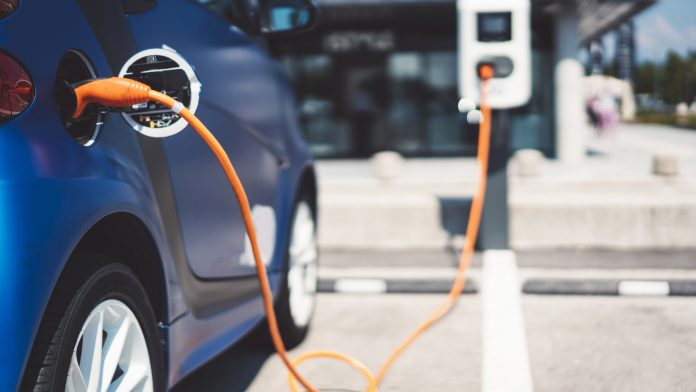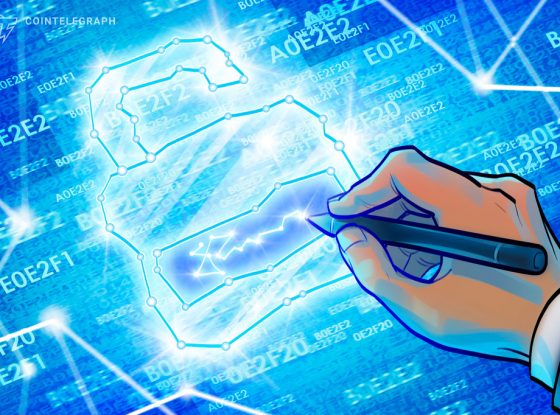The future potential of bidirectional EV charging

Matthew Margetts, Director of Sales and Marketing at Smarter Technologies, outlines the benefits of smart EV charging systems and the potential of bidirectional EV charging in the future.
Responsible for 27% of total UK greenhouse gas emissions, transport is currently the largest emitting sector of the UK economy. Over half the nation’s transport emissions (55%) come from cars. With the UK working towards net zero carbon emissions by 2050, electric vehicles (EVs) offer one method of helping reach this target.
The UK Government is accelerating the transition to zero emission vehicles. In November 2020, the Prime Minister announced that, by 2030, the sale of new petrol and diesel cars would be phased out and that all new cars and vans would be zero emission by 2035. But with an estimated 677 million EVs on the road by 2040 worldwide and 14 million on UK roads by 2030, where will the energy come from?
Naturally, the UK’s transition to EVs will increase electricity demand. In September 2021, energy regulator Ofgem highlighted that EVs will require between 65-100TWh of electricity annually by 2050; this represents an increase of 20-30% compared to 2021 levels. With EVs poised to place significant demands on the National Grid, using smart charging or vehicle-to-grid technologies could significantly lower peak demands in the electricity required to fuel EVs.
The impact of EVs on the overall energy system will depend on when and how EV users charge their vehicles. It will be a massive asset to the energy system if EVs use smart charging technology and provide flexibility to the grid. In fact, models suggest smart charging alone could avoid 5-15GW of demand. Smart charging also benefits EV owners, who can take advantage of off-peak hours and charge their vehicles when electricity prices are low, such as overnight, or at times of high renewable electricity supply. In addition, the batteries in the vehicles could become an asset to the national grid, as they have the potential to be used for grid balancing.
The benefits of smart EV charging
Smart use of the energy system means using power at times when demand (and therefore prices) is low:
- Consumers benefit from cheaper power;
- Operators benefit from a system that is easier to balance system;
- This avoids all cars being charged simultaneously and overloading the grid; and
- Pressure on the grid is reduced, lessening the need to fire up additional fossil fuel plants
Smart metering and smart EV charging stations allow more detailed, real-time information on consumption to be sent to energy suppliers, providing greater visibility to customers.
The benefits of Vehicle to Grid (V2G) charging
The concept of Vehicle to Grid (V2G) is an extension of smart EV charging. The basic premise is that when supply is low, and demand is high, EVs connected to the grid to charge can release power back into the grid. Vehicle owners or building managers can then be paid for this balancing service. These technologies can potentially lower the required generation capacity and avoid additional network costs. Vehicle batteries might also have a role to play in creating a more flexible energy grid.
The potential of bidirectional EV charging
The share of renewables in our electricity supply is multiplying, with prices dropping and production increasing. So much so that this can lead to overproduction. However, the problem with surplus renewable energy is that it goes to waste and can create serious problems for energy grids when surges occur. Unlike choosing how much fossil fuels to burn, one can’t simply switch off the sun or wind. On the other hand, there is also no guarantee that renewable energy sources are always available.
One of the solutions to an excess or deficit of energy can be to divert it to and store it in EV charging stations and car batteries. The surplus amount of power generated is preserved in the battery storage system and retrieved without renewable sources. These renewable-based DC charging systems integrate power from sun, wind and battery energy storage to provide an uninterruptible power supply. With a bidirectional EV charging converter, power can move both ways and balance the increasing mismatch in electrical usage and renewable generation.
The success of a smart EV charging system depends on having a Building Energy Management System (BEMS) capable of collecting and analysing energy consumption data and automating charging based on real-time data. The BEMS can help businesses and communities plan, develop and install electrical infrastructure, support load management, and analyse charging configurations to see how EV charging programmes can benefit both the user and the grid.
All consumers should be able to benefit from the transition to EVs. Meeting EV charging requirements will necessitate significant investment in the energy system. But, with the right planning, smart technology, and regulatory measures, EVs can become an asset to the energy system, consumers, and the environment.
Source : innovationnewsnetwork.com



